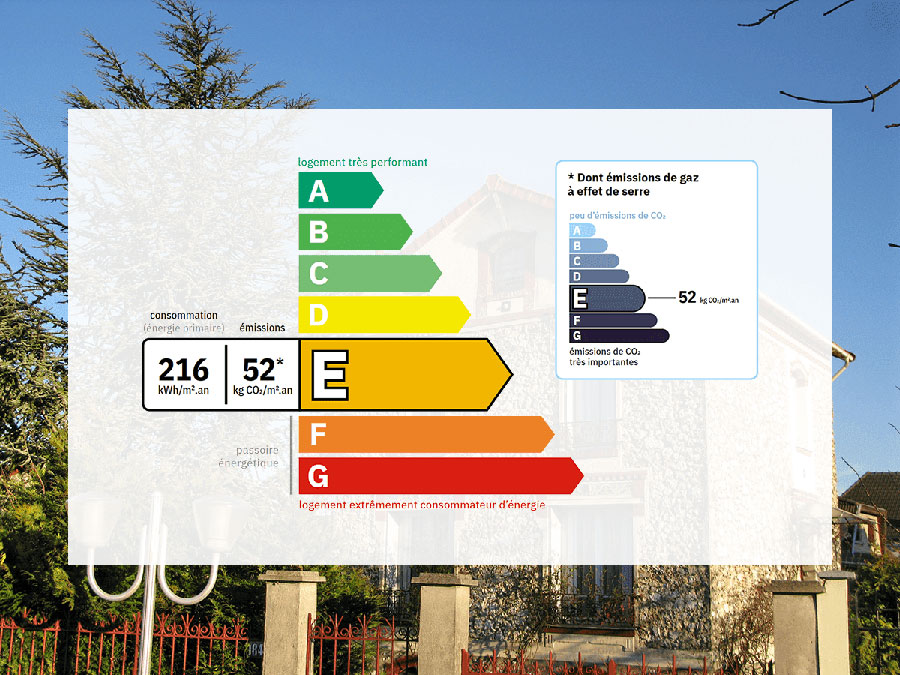On the occasion of the new version of the DPE, which has applied since November 1, 2021, Hellio takes stock of thermal strainers and their future rental ban.
Selection of products
To read also
-
 Bruno Le Maire unveils his simplification bill to free SMEs, VSEs and artisans from administrative paperwork
Bruno Le Maire unveils his simplification bill to free SMEs, VSEs and artisans from administrative paperwork
-
 France's energy strategy will ultimately not pass through law
France's energy strategy will ultimately not pass through law
-
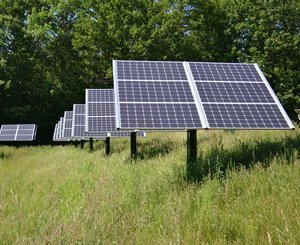 The decree to regulate the development of agrivoltaism published in the Official Journal
The decree to regulate the development of agrivoltaism published in the Official Journal
-
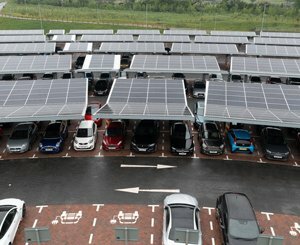 Car parks, privileged spaces for renewable energies
Car parks, privileged spaces for renewable energies
-
 On the occasion of the European elections, the Republicans announce that they want to relax regulations on housing
On the occasion of the European elections, the Republicans announce that they want to relax regulations on housing
-
 The Minister of Housing announces 10 simplification measures to relaunch construction without convincing the sector
The Minister of Housing announces 10 simplification measures to relaunch construction without convincing the sector
-
 A text aimed at simplifying the transformation of offices into housing adopted in the Assembly
A text aimed at simplifying the transformation of offices into housing adopted in the Assembly
-
 Status of local elected officials: the Senate tackles the vocations crisis
Status of local elected officials: the Senate tackles the vocations crisis
Popular News
-
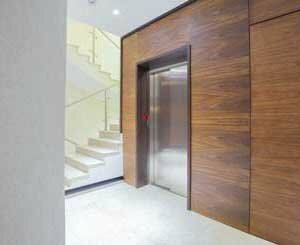 The Elevator Federation unveils its roadmap and figures for the 2023 sector
The Elevator Federation unveils its roadmap and figures for the 2023 sector
-
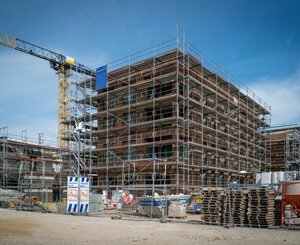 Guillaume Kasbarian asks public land establishments to release in 2024 the land necessary for the production of 17.000 housing units
Guillaume Kasbarian asks public land establishments to release in 2024 the land necessary for the production of 17.000 housing units
-
 The government presents its controversial housing law
The government presents its controversial housing law
-
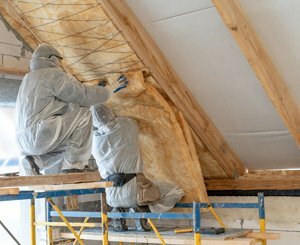 Energy renovation work and their financing after changes to aid on January 1, 2024
Energy renovation work and their financing after changes to aid on January 1, 2024
Publi-editorial
-
 Hydro'Way, Eco'Urba, StabiWay and Baltazar... permeable floor covering solutions from JDM Expert
Hydro'Way, Eco'Urba, StabiWay and Baltazar... permeable floor covering solutions from JDM Expert
-
 EduRénov Plan: Rockwool unveils its Guide to successful energy renovation of school buildings
EduRénov Plan: Rockwool unveils its Guide to successful energy renovation of school buildings
-
 Glass pergola: enjoy its outdoor spaces with elegance and modernity all year round
Glass pergola: enjoy its outdoor spaces with elegance and modernity all year round
-
 Bjelin: wood and innovation as its DNA
Bjelin: wood and innovation as its DNA


